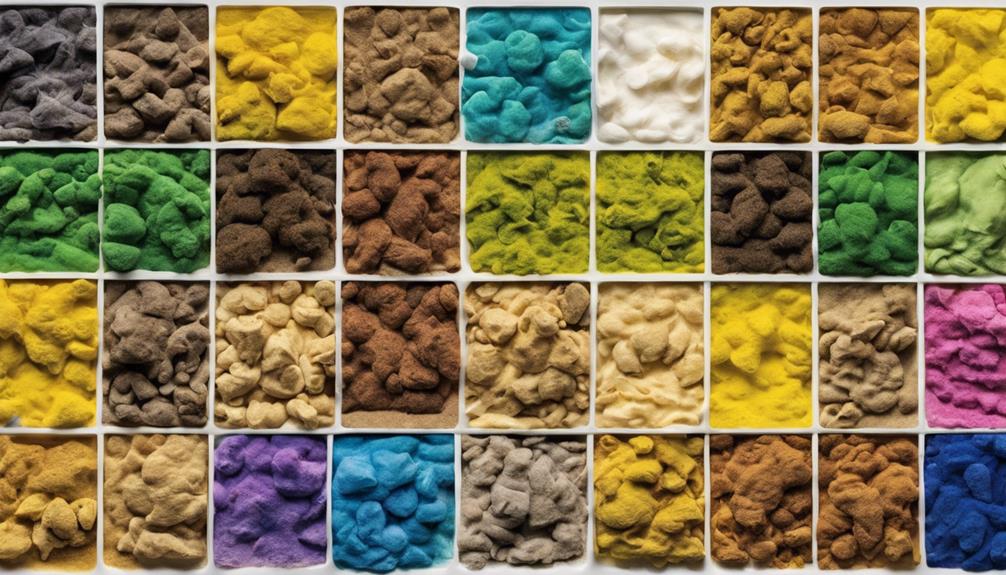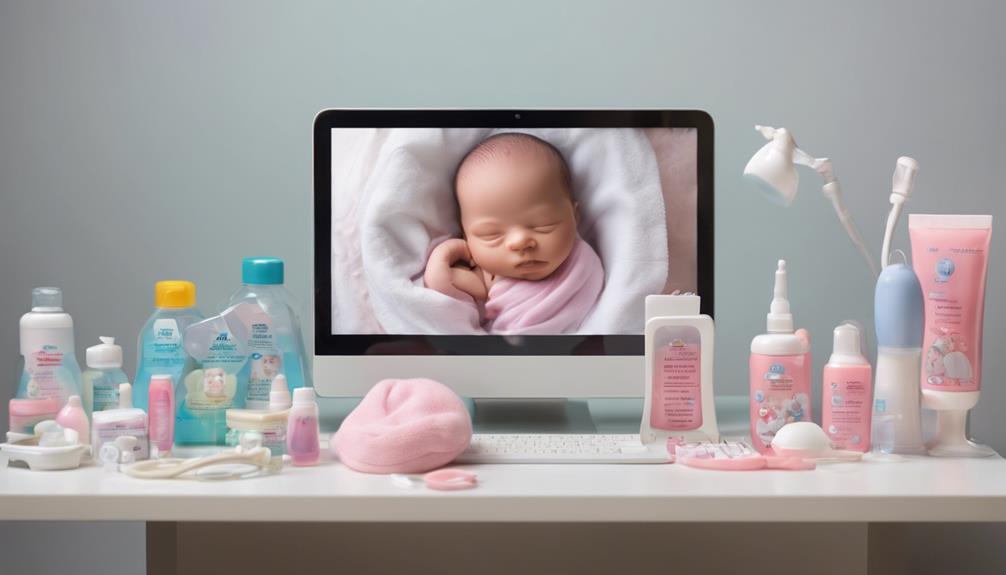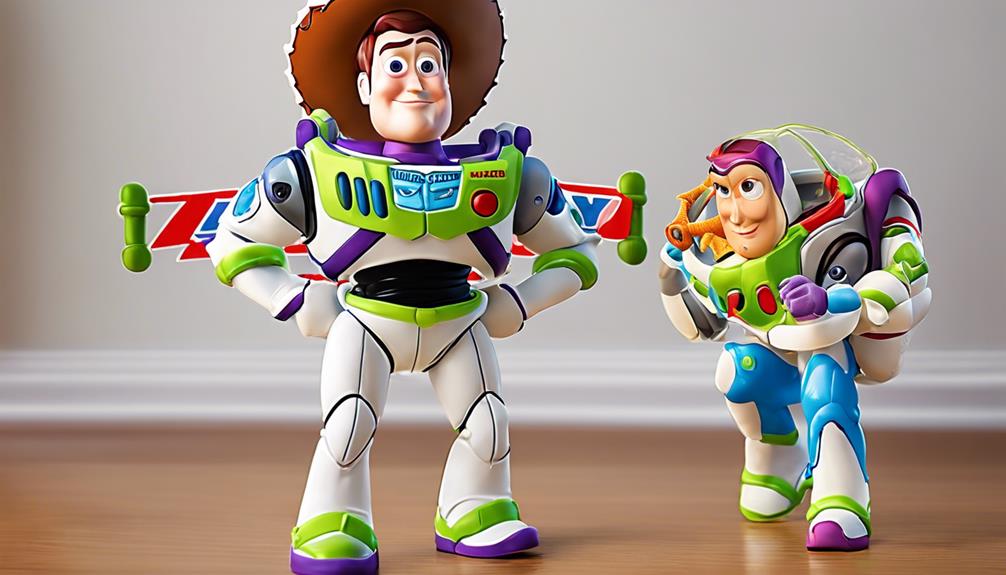Have you ever wondered what your newborn kitten's poop color says about their health? Understanding the nuances of their stool can provide valuable insights into their well-being.
As we explore the detailed guide on newborn kitten poop color, we'll uncover the significance of different hues and textures. By deciphering these indicators, we can proactively safeguard our furry friends' health and make sure they thrive from the start.
Key Takeaways
- Monitoring kitten poop color aids in detecting health issues early.
- Abnormal colors like red, black, or white require prompt veterinary attention.
- Changes in poop color indicate digestive problems or infections.
- Consult a vet for guidance on diet, health, and treatment based on poop color analysis.
Importance of Kitten Poop Color
Why is monitoring the color of a kitten's poop essential for their health?
Keeping an eye on your kitten's poop color is important as it can provide valuable insight into their overall well-being. Changes in cat poop color may indicate underlying health issues such as parasites, infections, or dietary problems.
While normal kitten poop typically falls within the brown to slightly yellowish range, abnormal colors like red, black, or white could signal serious concerns that require prompt attention.
Interpreting Normal Kitten Poop

Normal kitten poop is typically a shade of brown or slightly yellowish for young kittens. When observing your kitten's bowel movements, it's essential to note that healthy kitten stool should have a firm consistency. Monitoring your kitten's poop regularly allows you to detect any changes in color or texture, which could be early signs of underlying health issues. Detecting these changes promptly can help in addressing concerns such as bacterial infections, food intolerances, or weight loss.
To guarantee your kitten's well-being, it's vital to consult a vet if you notice significant abnormalities in their poop. Keeping a cat stool chart can aid in tracking any variations and providing your vet with thorough information. Remember, understanding what normal cat poop looks like and staying vigilant about your kitten's bowel movements are key to maintaining their health and happiness.
Understanding Abnormal Poop Colors
When examining newborn kittens' stool, identifying abnormal poop colors is important for early detection of potential health issues. It's essential to be aware of what these colors may indicate to guarantee the well-being of the kittens. Here are some key points to bear in mind:
- Green poop: This color could signal a dietary issue or an underlying infection that needs attention.
- Red or black poop: These colors may suggest the presence of blood in the stool, indicating a potential health concern that requires prompt evaluation.
- White poop: A white or pale yellow hue in the stool could point towards liver or gallbladder problems, necessitating further investigation.
Being vigilant and observant of these abnormal poop colors is vital in monitoring the health of newborn kittens. If you notice any of these concerning colors, seeking guidance from a veterinarian for a proper diagnosis and appropriate treatment is highly recommended.
Monitoring Kitten Health Through Poop
Regularly monitoring the health of kittens through observation of their stool consistency and color variations is essential for ensuring their overall well-being. As cat owners, we must pay close attention to our cats' litter box habits.
Changes such as hard poop could signal issues like constipation, dietary problems from new food, or underlying conditions like inflammatory bowel disease (IBD). If you notice persistent changes in your cat's stool, seeking veterinary advice is important to rule out any potential bacterial infections or health concerns.
Ensuring that your cat is drinking enough water can also help maintain proper digestion and prevent issues with stool consistency. By keeping track of your cat's poop characteristics and promptly addressing any abnormalities, you can help maintain your feline friend's health and well-being.
Utilizing the Poop Color Chart
In our efforts to assess the health of newborn kittens, we rely on the poop color chart as a valuable tool for identifying potential health issues based on the color and consistency of their stool.
When utilizing the poop color chart, it's key to keep in mind the following:
- Cat Food: The type of food you feed your cat can greatly impact the color of their stool. Make sure you provide a balanced diet with natural ingredients to maintain their digestive health.
- Diarrhea or Constipation: Sudden changes in stool color or consistency can indicate issues like diarrhea or constipation. Monitoring these changes is important.
- Seek Medical Attention: If you notice any abnormal colors or textures in your kitten's poop, it's vital to seek medical advice promptly. Addressing potential problems early can prevent more severe conditions like inflammatory bowel disease (IBD).
Monitoring your kitten's poop color and texture, along with their overall well-being, is key to ensuring they stay healthy and happy.
Frequently Asked Questions
What Color Should Newborn Kitten Poop Be?
We should expect newborn kitten poop to be brown or slightly yellowish. Variations in color may occur based on age and diet. Green or black stool might signal health issues. Monitoring poop color helps gauge digestive health. If concerned, consult a vet promptly.
What Does Unhealthy Kitten Poop Look Like?
Unhealthy kitten poop may be watery, runny, or contain blood or mucus, indicating potential health issues. Changes in color to green, red, or black may signal digestive problems. Strong foul odors suggest infections or dietary issues.
Why Is My 4 Week Old Kittens Poop Green?
We noticed our 4-week-old kitten's poop was green. It's likely from a diet rich in grass or bile in the stool, common in young kittens. Monitoring their health is important. If concerns persist, consulting a vet is wise.
Why Is My 3 Week Old Kitten's Poop White?
When a 3-week-old kitten's poop appears white, it might signal issues with bile production. This could stem from liver problems or bile duct blockages. Seeking veterinary care promptly is essential to pinpoint and address the underlying cause.
Conclusion
In summary, keeping an eye on your newborn kitten's poop color is essential for their overall health and well-being. By using the detailed guide provided, you can easily interpret normal poop colors, identify abnormal ones, and monitor your kitten's health effectively.
Remember, 'the proof is in the pudding' – so pay attention to your kitten's poop to make sure they're happy and healthy. Stay informed, stay vigilant, and give your furry friend the best care possible.









